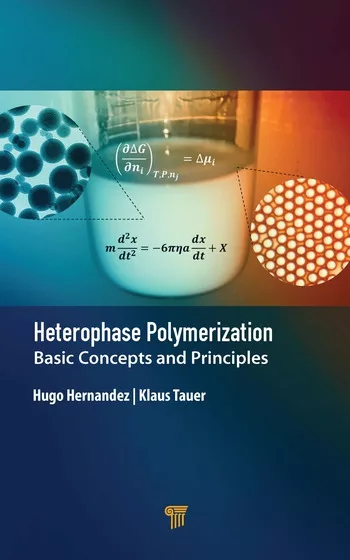Ask Dr. Dave
December 2006
Question: We make consumer products out of polystyrene and ABS, and have been bonding them using solvent welding for many years. We would, however, like to get rid of the solvents in our plant. What alternatives do we have?
Answer: Compared to many other plastics, polystyrene-based plastics are relatively polar materials that are easy to bond. If you clean and abrade the surface, you should get good bonds with a reactive acrylic or polyurethane adhesive. The five-minute epoxies, which are typically mercaptan-cured products, will also usually give good performance on polystyrene. If one of your materials is clear, then UV acrylic adhesives will give outstanding bonds with strengths that usually exceed the strength of the plastic.
Question: We need a very fast-curing sealant for some construction applications. We also need resistance to standing or flowing water, as well as high elongation. Cost is an important factor, but we will pay a premium for speed and performance.
Answer: You might consider using fast-curing versions of conventional sealants, such as silicones or a two-component polyurethane sealant, but I would suggest you try a two-part polyurea. Polyureas are similar to polyurethanes but are based on reacting an isocyanate with a multifunctional amine rather than with a polyol. This chemical reaction occurs quickly without added catalysts and can provide good seals within a few minutes, though full curing may take several hours. Polyureas tend to be somewhat more expensive than polyurethanes, but their very fast cure and outstanding properties often outweigh this extra cost. You do have to be careful with surface preparation, though; the polyureas cure so quickly that complete wetting of the surface is sometimes difficult, leading to reduced adhesion. Thorough cleaning and the use of primers (when necessary) should solve this problem. Your sealant vendor can help you in this regard.
Question: We make consumer products out of polystyrene and ABS, and have been bonding them using solvent welding for many years. We would, however, like to get rid of the solvents in our plant. What alternatives do we have?
Answer: Compared to many other plastics, polystyrene-based plastics are relatively polar materials that are easy to bond. If you clean and abrade the surface, you should get good bonds with a reactive acrylic or polyurethane adhesive. The five-minute epoxies, which are typically mercaptan-cured products, will also usually give good performance on polystyrene. If one of your materials is clear, then UV acrylic adhesives will give outstanding bonds with strengths that usually exceed the strength of the plastic.
Question: We need a very fast-curing sealant for some construction applications. We also need resistance to standing or flowing water, as well as high elongation. Cost is an important factor, but we will pay a premium for speed and performance.
Answer: You might consider using fast-curing versions of conventional sealants, such as silicones or a two-component polyurethane sealant, but I would suggest you try a two-part polyurea. Polyureas are similar to polyurethanes but are based on reacting an isocyanate with a multifunctional amine rather than with a polyol. This chemical reaction occurs quickly without added catalysts and can provide good seals within a few minutes, though full curing may take several hours. Polyureas tend to be somewhat more expensive than polyurethanes, but their very fast cure and outstanding properties often outweigh this extra cost. You do have to be careful with surface preparation, though; the polyureas cure so quickly that complete wetting of the surface is sometimes difficult, leading to reduced adhesion. Thorough cleaning and the use of primers (when necessary) should solve this problem. Your sealant vendor can help you in this regard.
Links
Looking for a reprint of this article?
From high-res PDFs to custom plaques, order your copy today!






